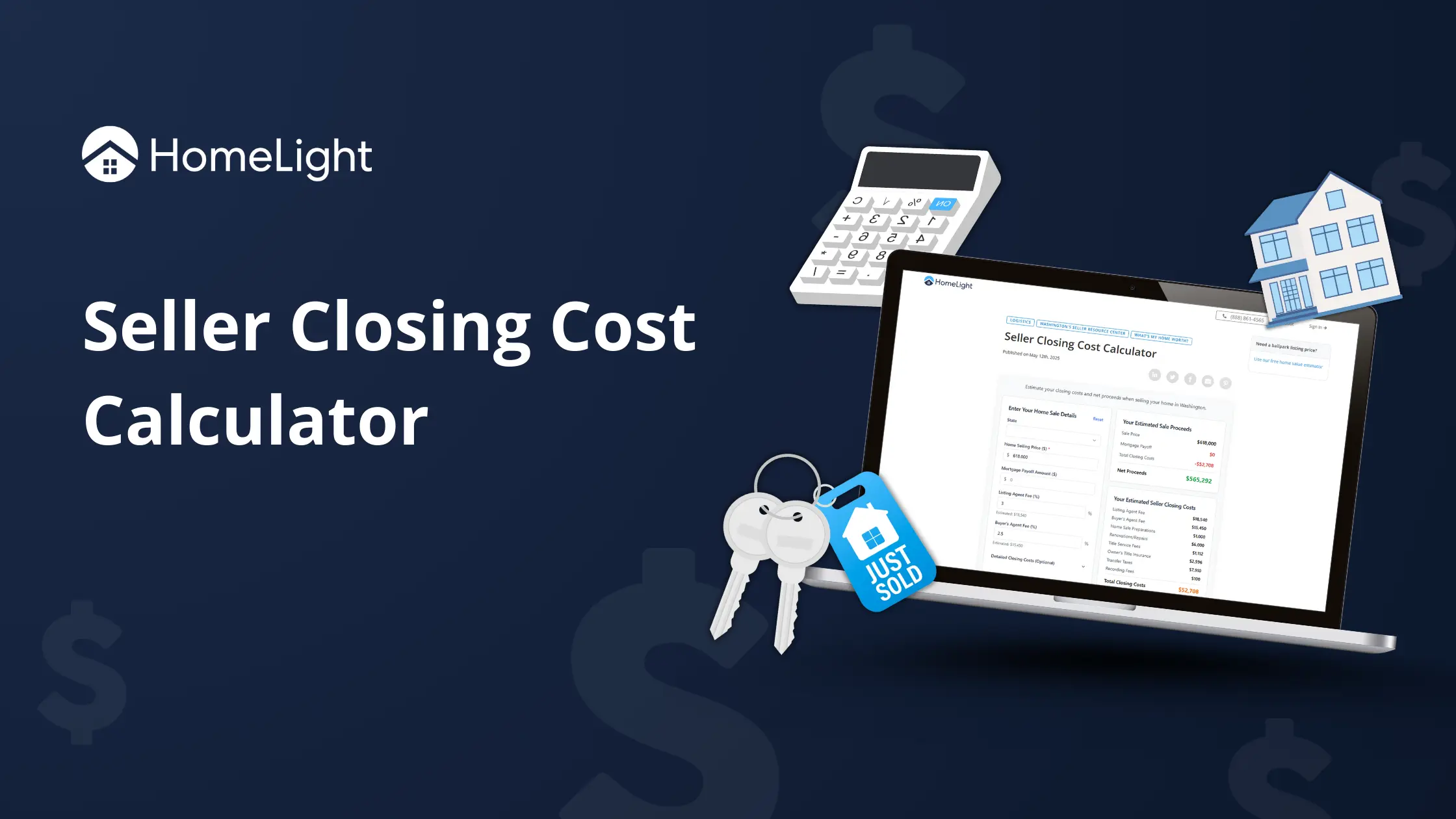
Dreaming of owning a home but not quite ready to buy? A rent-to-own agreement could offer the perfect stepping stone, letting you settle into your future home today while you work on improving your credit or building up your savings. But before you sign, be prepared: Rent-to-own agreements carry more complexities and potential pitfalls than a standard lease. Knowing every detail — and how to protect your interests — can make all the difference in turning this dream opportunity into a smart investment. Here’s what you need to understand to make an informed choice.
Rent-to-own agreements typically combine a rental agreement with an option to purchase the home in the future. You agree to lease the home for a set period — typically two to three years — with the intention or option to buy when the lease ends. This gives you time to build savings or repair your credit while living in the house you plan to own. But here’s the catch: Rent-to-own agreements come with more strings attached and carry significant financial and legal commitments. Real estate agent and attorney Ruth Wordelman, who has extensive experience with these contracts, emphasizes the need for caution. These agreements are not one-size-fits-all, and the risks involved can affect both buyers and sellers. One of the biggest challenges of a rent-to-own agreement is determining the home’s purchase price in advance. Both parties must agree on a price today that will remain unchanged for several years. If the housing market skyrockets, the seller could miss out on potential profit. If the market drops, the buyer could end up overpaying and might even face difficulties securing a mortgage. Additionally, if the buyer fails to improve their credit or save enough for a down payment, they may lose any upfront fees and extra rent paid toward the purchase price. On the seller’s side, there’s a risk that the buyer will back out, leaving them to find a new tenant or potential buyer. These contracts also lack standardized forms in many regions, so it is strongly recommended that an attorney review the terms. A rent-to-own agreement typically includes two main sections: the lease option and the lease-purchase agreement. These can either be separate documents or combined into one. Here’s a breakdown of each: It’s essential to understand the difference between an option-to-purchase and a lease-purchase agreement. An option-to-purchase gives you the right, but not the obligation, to buy the home. In contrast, a lease-purchase agreement commits you to buy the home when the lease ends, even if your situation changes.How rent-to-own home agreements work
Buyer and seller rent-to-own risks
Key components of a rent-to-own home agreement



